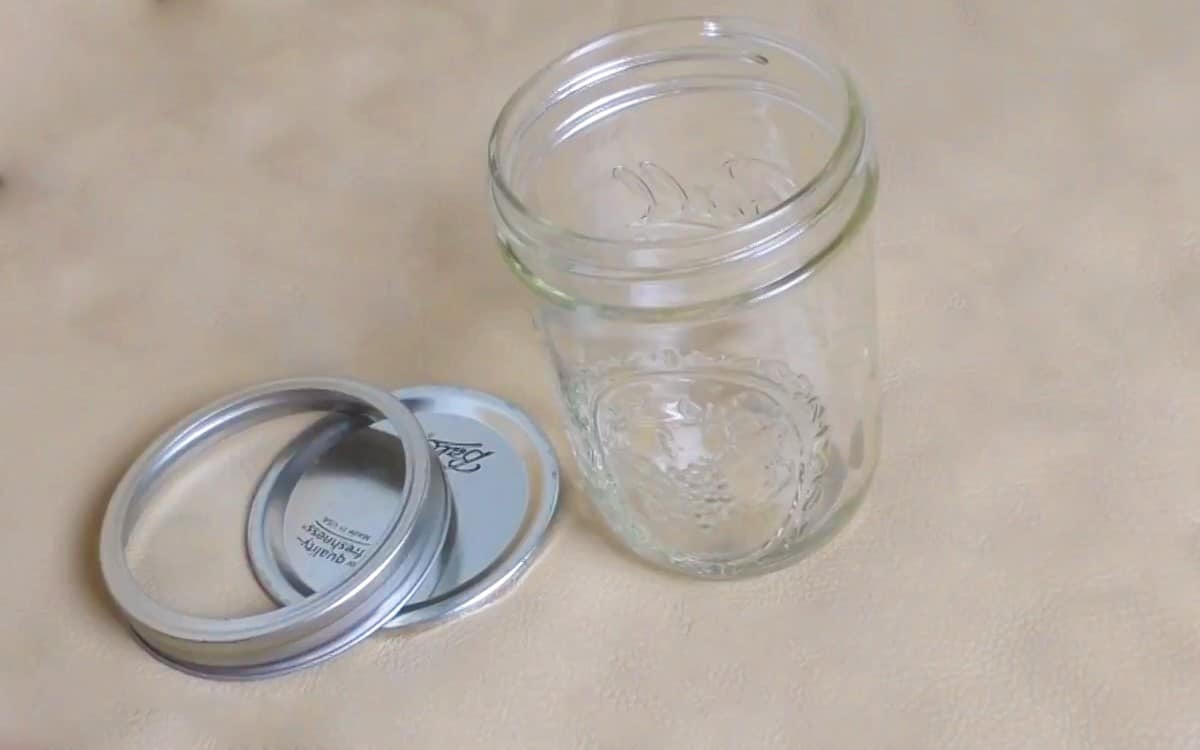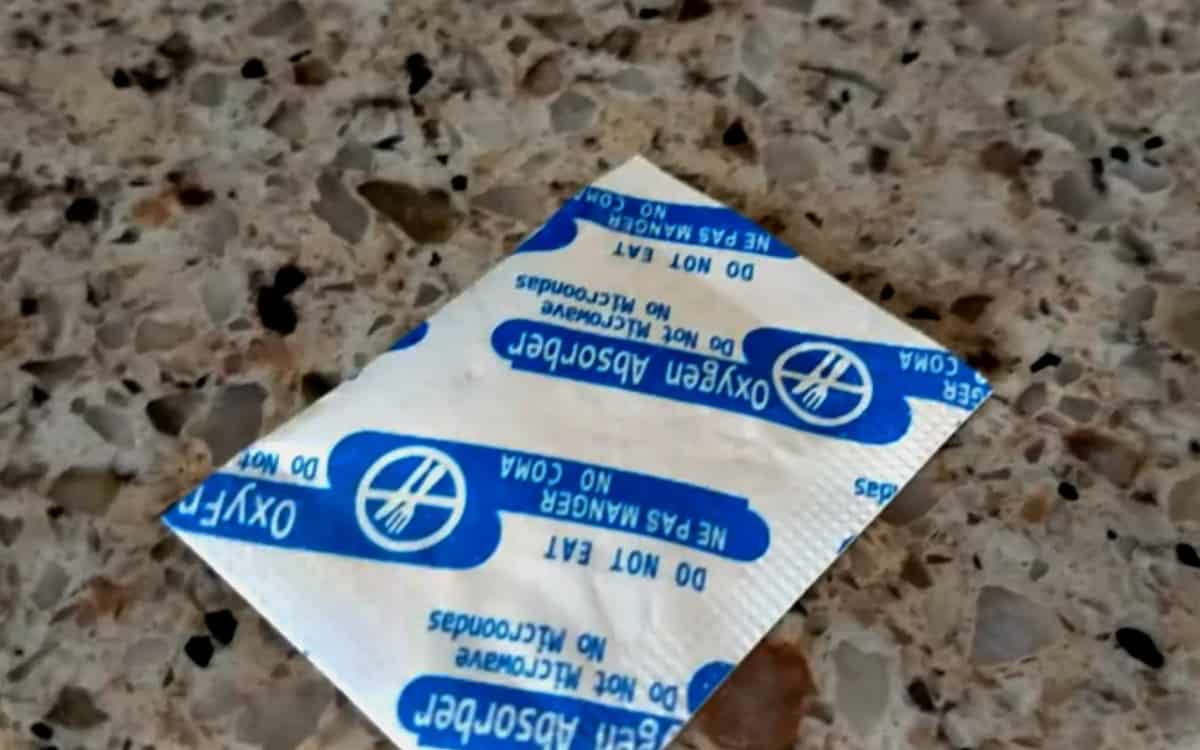White rice has a naturally long shelf life. It can last for years or even decades when stored properly. Mason jars are ideal containers for rice. In addition to their aesthetic look, these jars protect rice from oxygen and moisture, which are among the primary factors that cause the quality of rice to deteriorate when stored for a long period.
Wash and dry the mason jar first before storing rice in it to eliminate unwanted organisms. Then, use the dry ice fumigation or deep freeze method on the rice to eliminate insects that may cause an infestation. Finally, vacuum-seal the mason jar or add oxygen absorbers to extend the rice’s shelf life further.
Storing Rice Long Term in Mason Jars
What are Mason Jars

Mason jars are glass containers manufactured mainly to store and preserve food. They have a unique cover designed to create a vacuum inside the jar. The cover consists of a flat lid equipped with a rubber bottom that acts as a seal and a detachable ring screw that further seals the jar to prevent air and moisture attack.
These glass containers are perfect for storing rice. Aside from their sealing capability, they are also non-leaching. Leaching is a process wherein unsafe chemicals on the walls of the container transfer to the food it contains. It is a common problem when non-food grade containers, such as paint cans, solvent cans, fiber barrels, and industrial plastics, are used to store food.
Glass is an inert material, meaning it won’t react with things it is in contact with. Hence, leaching cannot happen. In addition, mason jars are inexpensive. So, you can buy a few of these if you intend to store several pounds of rice.
Cleaning the Jars
Newly purchased mason jars need minimal cleaning. On the other hand, previously used ones may require extra scrubbing, especially if they were used to store food with sauces or utilized for processes like canning and pickling.
Since these jars are made of glass, they are relatively easy to clean. Most of the time, washing them with dish soap and water is enough to sanitize them. But, you may also sterilize them if you want to clean them thoroughly and get rid of all the living organisms on them.
Unlike plastics, glass is fairly resistant to heat. Therefore, you can expose mason jars to very high temperatures when sterilizing them.
After cleaning the jars and their lids, ensure to dry them completely before putting a single rice grain in them.
Increasing Storage Efficiency of Mason Jar
Mason jars, on their own, are effective containers for rice. They protect rice from most deteriorating factors, including oxygen, moisture, and insects, allowing the rice to last long in storage. However, there are some methods you can apply to the rice to make it last even longer, such as the following:
Deep Freeze Method

Common insects in rice, like weevils, cannot survive at very low temperatures; they can only develop and reproduce at elevated temperatures. Therefore, the deep freeze method is used to eliminate them regardless of their development stage.
To do this, transfer the rice into an airtight container such as buckets with lids or ziplock bags. But, if the original packaging is thick enough and sufficiently sealed, there’s no need for transfer. Ensure that the containers are also watertight before placing them in the freezer. When you’re done checking possible sources of leakages, freeze the rice for at least two days to eliminate all insects.
After freezing, thaw the container and let it warm up to room temperature. Do not open it until visible signs of condensation outside the container ceases. If you open it too early, air will fill the container and cause moisture from the air to condense on the rice due to the temperature difference. You would not want this to happen because it will damage the quality of rice and make it more prone to deterioration.
As a rule of thumb, allow the container to warn for about 24 hours, which is enough for the eggs of rice weevils and other bugs to hatch, if there’s any. Open the container and check if any organism is crawling on the rice. If it’s free from insects, you can transfer it to the mason jars for storage. Otherwise, you should repeat the process once more to eliminate the insects left after the first attempt. This time, freeze the rice for three days instead of two.
It is crucial to follow the 24-hour waiting time to ensure that the rice is free from any organisms. Shorter than this and it may seem that all insects have died, which might be true, but their eggs may have survived the freezing, so you should wait for them to hatch before redoing the process.
Dry Ice Fumigation

Similar to the deep freeze method, dry ice fumigation is a technique done prior to storage to prevent pest infestation. This method is not limited to rice; it can also be used to eliminate insects in other grains and beans.
The first step is to pour an amount of rice into a four-gallon bucket enough to create a 3 to 4-inch deep layer. Then, spread around 2 ounces of crushed dry ice on top of the rice layer. If you are fumigating large quantities of grain, use more dry ice. The ratio is approximately 1 pound of dry ice for every 30 gallons of rice.
Next, pour the rest of the rice into the container and allow the dry ice to sublimate. The resulting vapor of the dry ice, carbon dioxide, is heavier than air, so it should replace the air inside the container. Allow enough time for the dry ice to sublimate completely. It will take about 30 minutes or longer, depending on the amount of dry ice you used.
You may place the lid during this time but do not tighten it. Allow the air to escape the container to prevent pressure build-up. Should you have tightened the cover accidentally, the container will start to bulge. When this happens, do not panic and do not remove the cover right away.
Cautiously remove the cover. Allow the pressure inside of the container to slowly come in equilibrium with the pressure outside to prevent an explosion due to the sudden change in pressure. Place the lid back when you are certain that the sublimation is complete.
Leave the rice inside the container filled with carbon dioxide overnight to ensure that all insects and bugs are eliminated. Like all living organisms, these insects need oxygen to survive; thus, depriving them of it will surely kill them.
This method is very effective at preventing the growth and development of larval and adult insects. It may also destroy some of the eggs and pupae, but not all. If you want to ensure that all insects and their eggs are eliminated, you may combine this with the deep freeze method.
Oxygen Absorber

Oxygen is one of the significant factors that hasten the deterioration of stored rice. It allows the development of insects and promotes the growth of molds.
Mason jars are airtight when properly sealed, but they may still contain sufficient oxygen that insects can use to develop and reproduce. To completely remove the oxygen, you need to use oxygen absorbers.
These tiny packets contain iron powder. The packaging used allows air to pass through it but prevents the iron from leaking out. These absorbers work by “grabbing” oxygen from the air then reacting the iron powder with it. After the reaction, only nitrogen gas will be left in the container. Naturally, this gas is inert, and insects cannot use it to grow.
Oxygen absorbers are effective with low-moisture varieties of rice like jasmine and basmati. But, they aren’t suitable for rice types that have high oil and high moisture contents, such as brown rice. It is due to the tendency of moist products to facilitate botulism growth when exposed to an oxygen-deprived environment.
The amount of oxygen absorber you need depends on the volume of the mason jar. For estimation purposes, you can use the ratio 300 cc oxygen absorber per gallon of the container.
Vacuum Sealing
Through vacuum sealing, all the air in the mason jar is removed. Due to the absence of air, insects and molds cannot grow inside the container, thus extending the shelf life of the rice.
This method requires a vacuum sealing machine, which you can purchase from FoodSaver on Amazon. It can be used for other food products as well.
The first step is to fill the mason jar; make sure to leave about an inch of space from the rim of the jar to the surface of the rice. Next, place the flat lid of the jar and ensure that it fully covers the opening of the jar. Then, place the vacuum sealer on top of it and press it down firmly.
Next, attach the hose from the vacuum sealer to the machine, then press the “seal” button to initiate vacuum sealing. Lastly, place the ring screw cover of the mason jar to secure the placement of the flat lid.
Labeling and Storage
When you’re done filling and sealing the mason jars, label them appropriately. Attach a small piece of paper on top of the lid, then write on it the date when the jar was filled. This system will let you know how long the rice has been stored. It will also help you consume your rice stockpile based on the order you stored them, thus following the “First In, First Out” order of consuming stored food.
Mason jars are made of glass, meaning they are prone to breakage. Therefore, you should place them on a sturdy shelf with a bar in front of it so that in case of an earthquake, the glass jars won’t fall easily to the ground and break.
Furthermore, glass is transparent, so it won’t be able to protect the rice against deterioration caused by heat and light. Therefore, store the mason jars in a cool, dry, and dark place.
